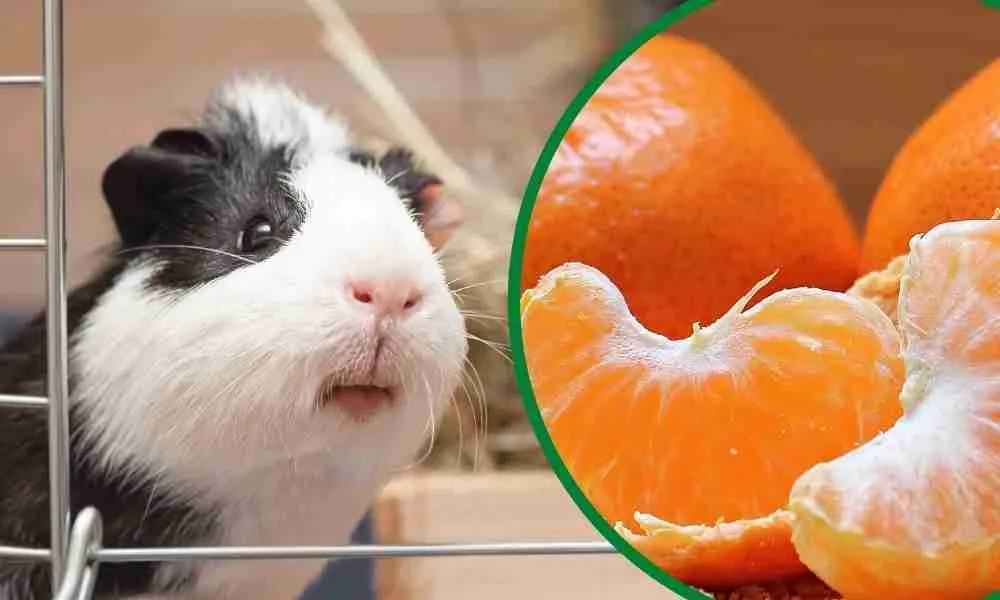Just like mandarins and clementines, tangerines are also tasty members of the orange family. Though we love to eat mainly raw, this sweet fruit still finds its way into our salads.
Undoubtedly it has great taste and aroma, even our pets love them! However, are tangerines safe for guinea pigs to eat?
Yes, guinea pigs can eat tangerines. They fall quickly in love with the taste and aroma of this fruit. However, guinea pigs can only have it in bits due to its sugary and acidic nature.
They’re filled with Vitamin C, A, fiber, potassium, magnesium, and many more nutrients that help keep your cavy healthy.
They’re just a healthy addition to your pet’s diet.
Now you know that guinea pigs can tangerines, you need to know the right parts to feed them.
So, you ask again – What parts of the tangerines can you feed to guinea pigs?
Let’s find out…
Table of Contents
What Part of the Tangerine Can Guinea Pigs Eat?
Tangerines have many parts. The pulp or flesh is the inner part and the main one to offer to your furry friends as treats.
However, there are other parts like the peels, and leaves, seeds, and roots. Let’s know if your cavy can eat them…
Can Guinea Pig Eat Tangerine Peel?
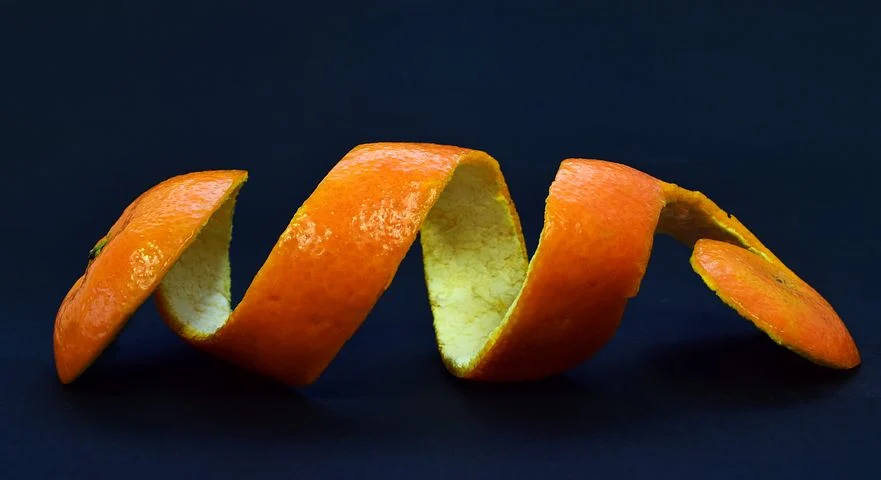
Yes! Guinea pigs can eat tangerine peels. This part has lots of vitamin C and fiber just like the fleshy part.
However, you should also know that these peels are hard to digest, so offer only in small amounts. Too much of it can upset your guinea pig’s tummy and also cause many digestive problems.
Always wash them before feeding them to your cavy. This is important to get rid of pesticides and other unhealthy substances.
In addition, a tangerine treat is better without it.
It’s not a major part of tangerine that guinea pigs can eat, but you can offer bits of it to your cavy on rare occasions if they like it.
Can Guinea Pigs Eat Tangerine Leaves?
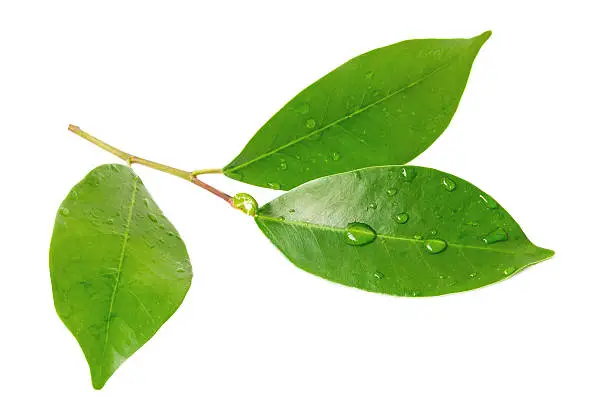
Yes, guinea pigs can eat tangerine leaves. This is just the same way guinea pigs can eat oranges and leaves too.
You should only serve them fresh ones. Avoid giving your guinea pigs dried tangerine leaves.
You can slice these leaves into slim strips so your cavy can chew them easily. Also, don’t forget to wash them well before letting your cavy eat them.
Can Guinea Pigs Eat Tangerine Seeds?
Not at all! Guinea pigs cannot eat tangerine seeds. Just like any other seeds, tangerine seeds are not safe for guinea pigs as they can choke your little pet.
Also, guinea pigs are sensitive creatures and eat foods that are pretty soft and easy to chew. Tangerine seeds are one of the hardest fruit seeds and it will be very hard for your guinea pigs to chew.
In addition, the hard texture and sharp edges of these seeds can cause injuries in your cavy’s mouth. So, remove the seeds before serving tangerine to guinea pigs.
Can Guinea Pigs Eat Tangerine Roots?
No, you shouldn’t feed your guinea pigs tangerine roots. These parts are not yet proven to be safe for your cavy to eat.
So, don’t go collect some tangerine roots and offer them to guinea pigs.
It’s not a good idea. As we’re not sure if it’s fine for them to eat, it’s better to completely avoid letting guinea pigs have them.
So, you should stick to feeding them the juicy pulp, a few leaves, and peels too.
Can Baby Guinea Pigs Eat Tangerine?
A big NO! Tangerines are not safe for baby guinea pigs.
Even if they’re a few weeks old, eating tangerines isn’t a good idea. At this stage, they need mostly their mothers’ milk.
Also, if fully grown guinea pigs need to eat only small amounts of tangerines, then baby guinea pigs are at higher risks. Even as they grow, they need to start with hay first of all.
Pellets can also come into their diet before fruits and veggies.
So, never offer tangerines to baby cavies as they don’t need them at such stages. It can do bad things to their health.
How Often Can Guinea Pigs Have Tangerine?
Guinea pigs can only have tangerines one or two days a week. Nothing more than this! Tangerines cannot be an everyday meal for them.
In addition, you shouldn’t serve your cavies tangerine treats for two straight days. Give some gaps between them!
See the table below…
| DAILY SCHEDULE | |
| Monday | Feed tangerine |
| Tuesday | Skip |
| Wednesday | Skip |
| Thursday | Skip |
| Friday | Feed tangerine |
| Saturday | Skip |
| Sunday | Skip |
How Much Tangerine Should I Feed my Guinea Pigs?
The right amount to feed them is just a small tangerine wedge for each guinea pig. You shouldn’t give a whole tangerine to guinea pigs.
This fruit is pretty sugary and acidic for guinea pigs to eat in such a large quantity. In addition, this fruit must come into their diet slowly.
Pro Tip: start with smaller amounts, like half a small tangerine wedge. Afterward, watch your cavy closely for any reaction. If there are none, feel free to offer them the normal full tangerine wedge.
But, if your cavy shows strange signs after eating half a wedge, you should reduce this size more till your cavy can comfortably have the recommended size.
Next, let’s look at the nutritional facts of tangerines per 100 g serving below.
Nutritional Facts of Tangerines
| Nutrients | Amount Per 100 g |
| Calories | 43 Kcal |
| Carbs | 10.1 g |
| Sugar | 9.9 g |
| Vitamin C | 31 mg |
| Vitamin A | 13 mcg |
| Vitamin B-6 | 0.042 mg |
| Protein | 0.5 mg |
| Calcium | 18 mg |
| Potassium | 178 mg |
| Fiber | 0.2 mg |
| Fats | 0.2 mg |
| Magnesium | 8 mg |
| Phosphorus | 14 mg |
| Iron | 0.2.mg |
Health Benefits of Tangerines for Guinea Pigs
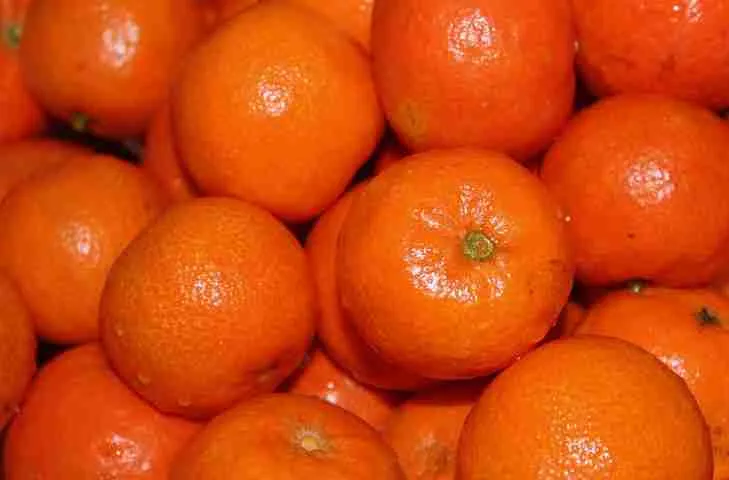
Boosts Immunity
Tangerines are rich in vitamin C, A, and other antioxidants that help them fight diseases in their bodies. They also help to keep important organs in their body in good condition.
Generally, guinea pigs suffer from scurvy when they lack vitamin C. This is because their bodies fail to create them.
However, they depend on foods that are rich sources of vitamin C, and tangerines are no exception. They have loads of it!
So, feeding your guinea pigs tangerine treats will give them the vitamin C and other immunity boosters to stay safe from different kinds of diseases.
Helps in Digestion
Guinea pigs have a general issue with digestion. So, they need other foods rich in fiber to help them do it easily.
Tangerines contain fiber, both soluble and insoluble, which can help your guinea pigs digest the foods easily. They also help to empty their bowel regularly.
So, feeding your cavy tangerines gives them the fiber they need for digestion, which in turn will keep digestive problems far from your cavy.
Promotes Good Vision
The vitamin A in tangerine is a great sight booster and this is important for your cavy’s eyesight. You’ll also find beta carotenes in tangerines, which help prevent eye diseases and promote good vision.
These nutrients become very important as guinea pigs grow older.
The reason is that guinea pigs tend to have poor eyesight as they get older.
So, offering them tangerine treats will give them the sight-boosters they need to maintain good vision.
Improves Cardiovascular Well-being
The potassium in tangerines helps in proper muscle contraction, especially the heart muscles. This way, your guinea pigs can have a good heart rate.
Also, this nutrient reduces high blood pressure in guinea pigs, which can affect their heart. As tangerines have low fats and cholesterols, they won’t contribute to damaging blood vessels.
Your guinea pigs’ blood vessels will be in good condition and allow the flow of blood around the body, especially the heart.
So, offering your little pets tangerine treats helps prevent many heart-related issues.
Improves Bone and Teeth Health
Calcium is very important for the development of bones and teeth for guinea pigs. Plus, other nutrients like phosphorus and magnesium help to keep bones strong.
As herbivores, your guinea pigs need to do a lot of chewing and grinding so the plant foods they eat can digest easily. So their teeth need to be healthy for this as weak teeth can only cause health problems for them.
In addition, their bones need to stay strong to support their weak bodies.
When their bones are weak, they can easily break and cause problems for your furry friends.
Helps in Hydration
A tangerine has so much water in them. This water content is what makes this fruit a juicy one. So, your guinea pigs can eat this fruit treat and stay hydrated at the same time.
Water is very important for many vital organs in your cavy’s body to work fine. So, lacking water can cause a lot of health problems for them.
This is why, just like humans, guinea pigs’ bodies need a certain amount of water daily.
Aside from the regular water you feed to your cavy, tangerines can help meet their daily water needs.
As most guinea pigs don’t drink so much water, juicy fruits like tangerines can come in handy, especially during the hot seasons.
Tangerine treats are just perfect for summer!
Helps in Relaxation
Vitamin B-6 in tangerines helps to reduce depression and anxiety in guinea pigs. This vitamin also helps to promote quality sleep and create the happiness hormone called “serotonin” in guinea pigs.
This hormone helps balance your guinea pigs’ mood and promotes positive feelings, like love and happiness.
So, feeding them foods rich in vitamin B-6 helps increase the level of serotonin in their bodies.
Are There Any Health Risks of Feeding Tangerines to Guinea Pigs
Allergy
It’s normal for guinea pigs to have strange reactions once they try out new foods. However, this isn’t a general thing they all experience.
Some guinea pigs can try out something new without reacting to it while others might react badly. These are normally health issues.
This is why you should slowly introduce any new food, including tangerine, to guinea pigs.
Digestive Issues
Tangerines are so sweet due to their sugar content. Guinea pigs find it hard to digest too much sugar.
So, when they get excess sugar from overfeeding, they can end up having digestive issues like gas and loose stool. Even the fiber that helps guinea pigs in digesting foods can be very bad in excess amounts.
If your cavy gets too much fiber, they’ll end up experiencing the opposite.
They can have a bad bowel movement and other serious digestive issues like bloating and vomiting.
Obesity
Tangerines are low fats and cholesterol-free fruits. However, your guinea pigs are still at risk of getting unhealthy weight due to the high amount of sugar it has.
Too much sugar can lead to obesity.
Nevertheless, this can happen if you don’t offer this treat in moderate serving amounts. Too many treats at once mean excess sugar and excess sugar can promote bad weight gain.
Urinary Issues
Guinea pigs don’t need so much calcium. Younger guinea pigs need it, more for growth and bone development.
Calcium can cause health issues for older or fully-grown guinea pigs.
It can build calcium stones in their bladder and kidney. It can go as far as infecting their urinary tracts which can be a very painful condition for guinea pigs.
If things get too bad, it can lead to the death of your guinea pig. However, all of this can only happen when your cavy gets too much
Chemical Poisoning
Chemicals like pesticides are normally used to grow tangerines. This is to keep insects and molds away from the fruit.
However, these tangerines end up in the stores with these chemicals on them.
These chemicals are mostly on the peels. So, when you don’t wash the tangerines to get rid of them, they can affect your guinea pigs’ health.
How to Serve Tangerines to Guinea Pigs
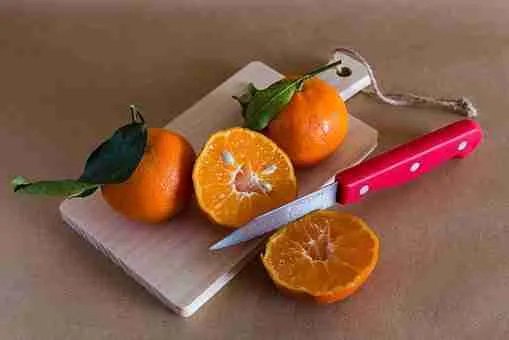
To make sure your cavy enjoys this fruit treat without any risks to their health, you need to serve them well. Making tangerines moderate and also safe for your cavy to eat depends on the right preparation.
However, here are some easy steps you can follow to make sure you’re doing things right:
Step 1: Pick Fresh Tangerines
You need to use only fresh tangerines to prepare these treats for your cavy.
Tangerines are somewhat soft if they’re ripe. Avoid ones that still have green colors on some sides.
Ripe ones are orange in color throughout. Also, do not use spoilt tangerines so you don’t create health issues for your cavy.
Step 2: Wash the Tangerine Properly
Hygiene is very important when caring for your guinea pigs. Tangerines, especially from the stores, come with chemicals, dirt, and even bacteria on their skin.
So, you need to wash them well before cutting. This is also very important if you plan to feed them the peels. Do this preferably under running water as it’s more effective.
Step 3: Peel the Tangerine Skin
It’s better not to offer the peels along with the pulp.
Of course, guinea pigs can eat tangerine peels. However, it’s better to serve them separately and not at the same time you serve them the pulp.
This is because the peels also have nutrients and other compounds. When it adds to the flesh or pulp, the treat will no longer be moderate.
So, when preparing tangerine treats, peel the skin.
Step 4: Cut Tangerines into a Moderate Size
Just like oranges, you can cut tangerines in half, and then separate them with your hands into wedges. Interestingly, tangerines are made in a way you can separate them into small parts easily.
This is the part where we have to make the treats moderate for guinea pigs. For guinea pigs, you’ll be using a small wedge per guinea pig.
Step 5: Remove Seeds from the Tangerines
After separating them into wedges, take your time to remove the seeds. The reason you do this after cutting is that it’s always easier to remove the seeds from smaller parts.
Tangerine seeds hide pretty well in large chunks. Some seeds might still remain in it. Moreover, you don’t want your cavy to get the treat with hidden seeds in it.
Step 6: Serve Tangerines to Guinea Pigs
After splitting the tangerine into small wedges, offer only a small wedge to a guinea pig.
You can mix tangerine treats in a cup of other healthy fruits. However, you should use fruits that have low sugar content to balance things up.
Other Healthy Alternatives of Tangerines for Guinea Pigs
As you know, your guinea pigs can only have tangerines not more than twice a week. This means you’ll have so many empty days and would need another fruit snack to fill in.
However, you can’t just feed tangerines every week. Try to swap things in their diet.
I’ve shared some healthy alternatives of tangerines with you below.
| Oranges | Tomatoes | Raspberries |
| Mandarins | Mangos | Pineapples |
| Plums | cherries | Apricots |
| Apples | Nectarines | Watermelons |
| Pears | Grapes | Kiwi fruit |
| Bananas | Clementines | Blueberries |
| Cranberries | Cucumbers | Peaches |
It’s very important to know the right serving sizes of any of these fruits you pick. They are just like tangerines that your cavy can eat in moderation.
Some can be high in sugar, calcium, and other compounds that can cause health issues when your cavy gets too much of them.
Final Thoughts
In summary, guinea pigs can eat tangerines. It’s rich in vitamin C, A, K, fiber, and other healthy nutrients for your guinea pigs.
Guinea pigs can fall in love with this fruit quickly owing to its great taste and aroma. However, their love for it shouldn’t tempt you to offer them more.
Serving in moderation is the only way your cavy can enjoy a tangerine snack.
In addition, never offer any cooked form of tangerine to guinea pigs.
Guinea pigs’ main food remains hay, which they can have every day. Fruits like tangerines are just better as treats.
If you find this article helpful, share it with your guinea pig lover friends!
